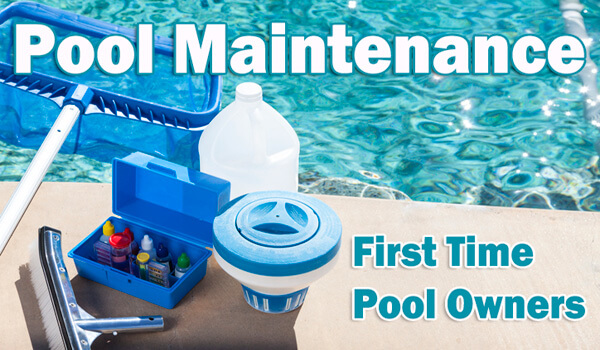
Welcome to the pool lifestyle! Along with the hours of fitness, fun and family togetherness, there comes the hours of pool maintenance.
Every single day of summer, your pool pump must circulate the water, your filter must clean the water and the feeder must dispense enough chlorine to kill the ever present bacteria and algae.
In addition to that, you may also have automatic cleaners or pool heaters that require monitoring and cleaning or adjustment.
And you or someone like you, will be called upon to empty skimmer baskets, brush and skim the pool, test the water and make sure all systems are operating as intended.
Pool maintenance cannot be ignored either, if tasks are skipped or delayed, it can cause more problems, like cloudy water or a green pool!
Here’s how I like to explain pool maintenance to a first time pool owner, something I have done hundreds of times!
Understanding Circulation, Filtration and Sanitation

- Circulation: every pool has a looped plumbing system, designed to circulate all of the water in the pool every day. Swimming pool pumps pull water from the pool, and then return it to the pool; after the water has been filtered, treated and heated.
 Filtration: every pool has a filter, to remove small particles suspended in the water. Sand, cartridge or DE Pool filters are used to keep water clean and clear by passing all of the water through the filter, at least once per day. When pressure rises and flow slows, pool filters are backwashed or cleaned.
Filtration: every pool has a filter, to remove small particles suspended in the water. Sand, cartridge or DE Pool filters are used to keep water clean and clear by passing all of the water through the filter, at least once per day. When pressure rises and flow slows, pool filters are backwashed or cleaned.
 Sanitation: every pool must also have a chemical sanitizer to destroy algae, bacteria and other particles which can make swimmers sick and make pool water cloudy and green. Chlorine is the most popular pool sanitizer.
Sanitation: every pool must also have a chemical sanitizer to destroy algae, bacteria and other particles which can make swimmers sick and make pool water cloudy and green. Chlorine is the most popular pool sanitizer.
Maintaining Pool Circulation
- The pool pump is the heart of the pool circulation system, drawing water out of the pool and pushing it through the filter and back to the pool, is a very important task, and must be done every day.
- Be sure that the pump basket is clean, and properly installed to prevent a clogged impeller. The pump lid should be lubricated and tightened very firmly to prevent air leaks.
- Run the pump for a minimum of 8-12 hours daily, or more depending on the need, to maintain the cleanliness of your pool water, up to 24 hours per day if needed to improve water conditions.
- Check on the pump daily to be sure that it is operating properly and pumping the normal amount of water. Pool pumps can ‘lose prime’, from air leaks or low water level in the pool.
- Learn to listen to your pump for sounds of distress, and to look for the signs of good circulation in your pool – swirling water in the skimmers or a surface ripple from the returns.
Maintaining Pool Filtration
Your pool filter traps small particles to ensure clean and clear pool water. Without daily pool filtration, or timely cleaning of the filter, particulate matter builds up quickly and makes pool water cloudy and unsafe for swimming.
Sand filters use specially sized and graded quartz filter sand, or they can also use filter sand alternatives like FilterGlass, ZeoSand or FilterBalls. When the filter pressure gauge rises 7-9 psi, you must shut off the pump and backwash the filter.
DE filters use diatomaceous earth filter powder, or can use alternate filtration powders like Perlite or cellulose fiber. The powder traps dirt within the porous material, and when the pressure gauge rises 7-9 psi, it is time to flush out the dirt and filter powder, and then add fresh again.
Cartridge filters use a specific size of pleated polyester fabric, to trap dirt and debris. Just like sand and DE filters, when the pressure gauge rises 7-9 psi, or when the flow rate is noticeably diminished, the filter is cleaned. Cartridge filters are not backwashed however, the filter cartridges are removed from the tank and hosed clean by hand.
All pool filter types can benefit from an annual deep cleaning, using a filter cleaner to remove oils, scale and dirt trapped deep within the filter. You can find sand filter cleaners, DE filter cleaners and cartridge filter cleaner chemicals, for safely cleaning your pool filter type.
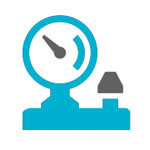
Check on your pool filter pressure regularly and understand the normal operating range for your particular filter system. Higher than normal pressure indicates a dirty filter or obstruction after the filter, and lower than normal pressure indicates a dirty pump basket or obstruction before the filter.
Maintaining Pool Sanitation
In addition to daily circulation and filtration, a daily dose of sanitizer is also important to maintaining clean and clear pool water.
Most pool owners find our 3″ chlorine tablets to be the most convenient and cost effective way to chlorinate the swimming pool, consistently and constantly. Use enough tablets to maintain a chlorine level of 1.0 – 2.0 ppm, as verified by your test kit or test strips.
In addition to having a consistent level of chlorine in the pool everyday, it is also necessary to super-chlorinate the pool from time to time. Our granular pool shock is used to quickly raise chlorine levels to over 10 ppm, to kill invisible germs, visible algae and destroy combined chlorine molecules.
To protect your chlorine from degrading in bright sunlight, chlorine stabilizer, aka conditioner, is used. Chlorine tablets contain a small amount of stabilizer, but to reach the recommended range of 30-50 ppm, some pools may need to add cyanuric acid stabilizer to the water.

In order for your chlorine to work most effectively, it is crucial to keep the pH level from rising above 7.6, as verified by your test kit or test strips. Use pH decreaser or pH increaser as needed to maintain the pool water pH level.
Reading Resources: Get Smart! 1. Beginner's Guide to Pool Chemicals 2. Beginner's Guide to Pool Water Testing 3. Beginner's Guide to Pool Filters

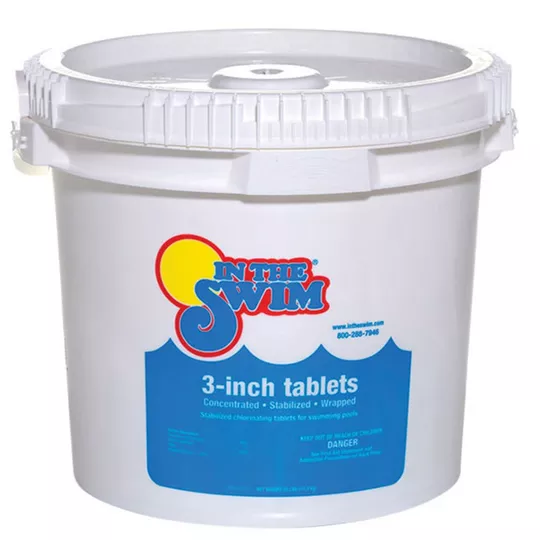
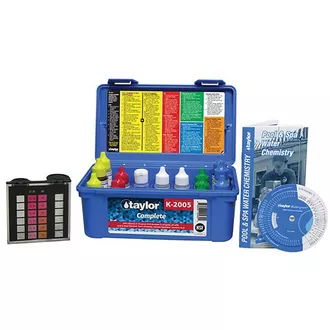
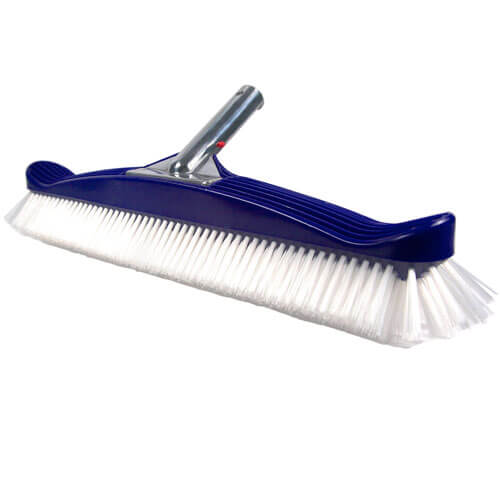

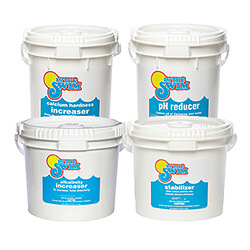

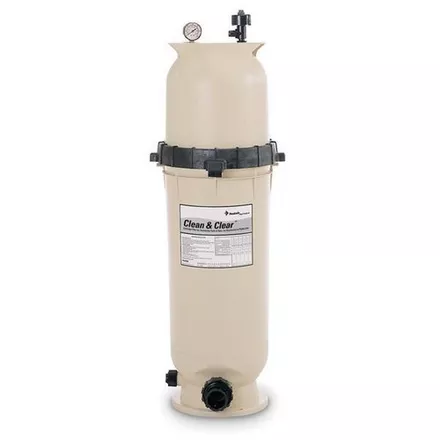
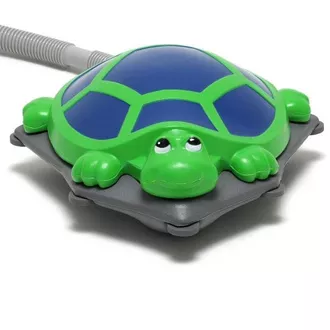
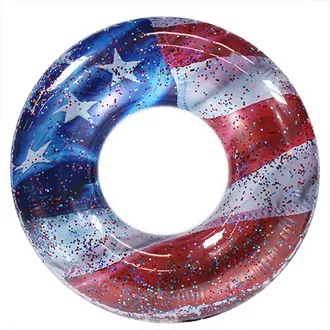

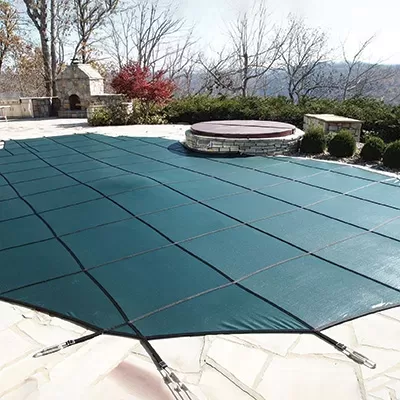
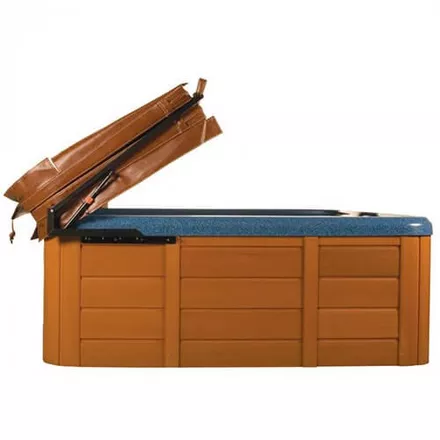
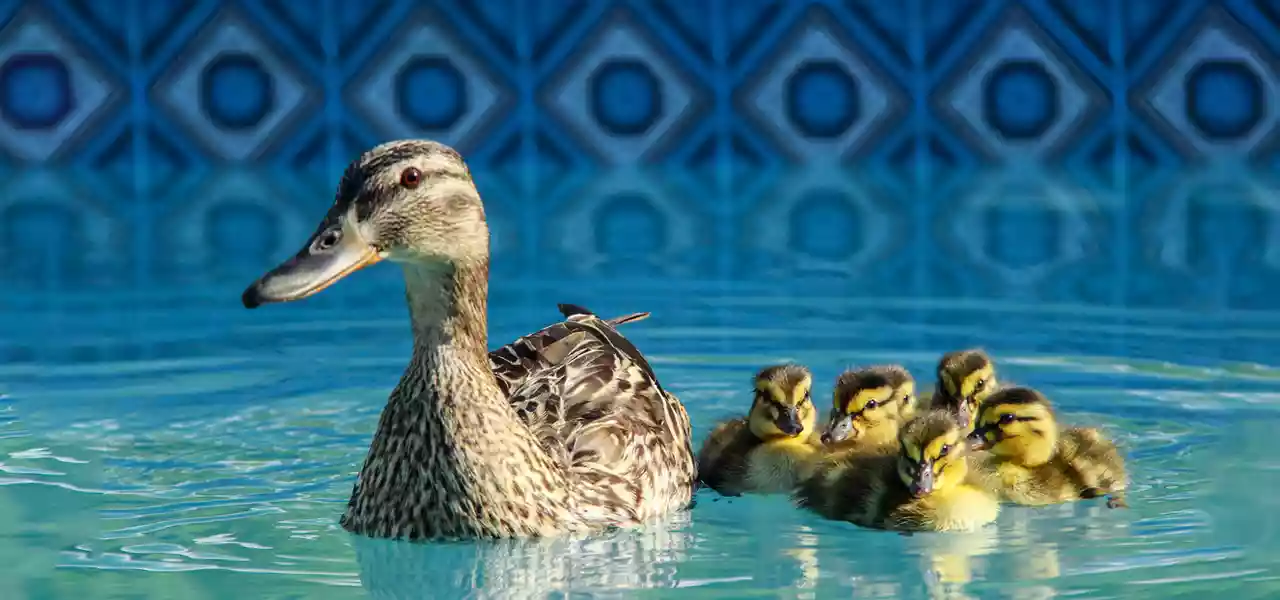
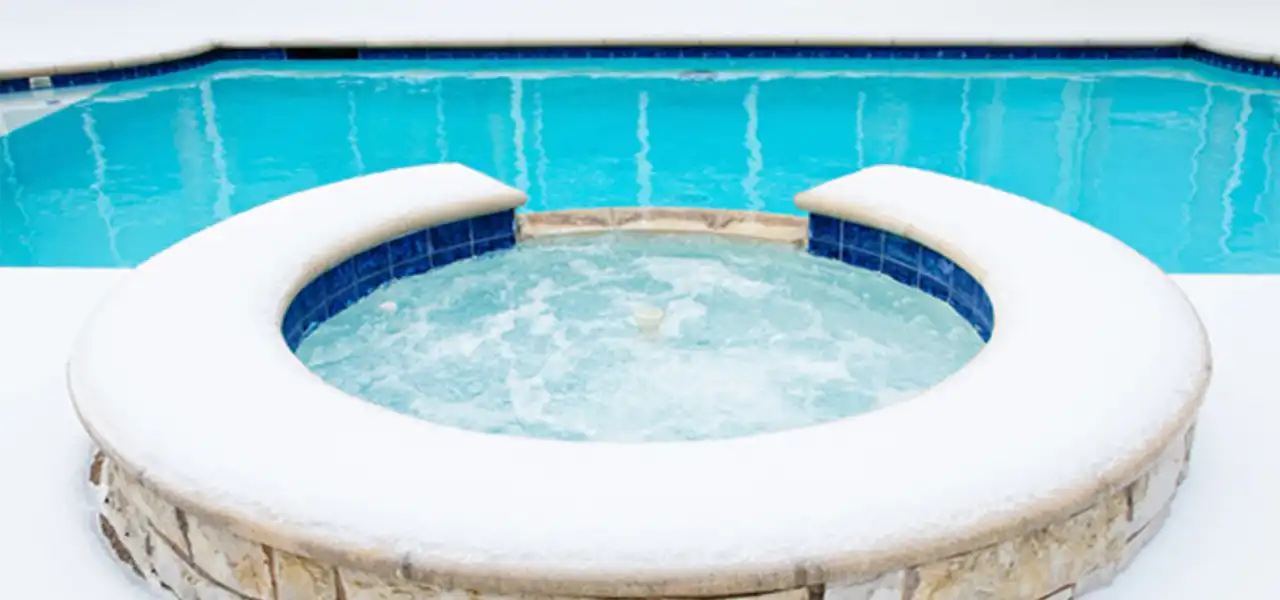
Do I get any pH from putting shoker since its the first time I put chlorine? Or do I put the pH separately once I wait for the shoker to go below 3 ppm chlorine
The shock does not have much effect on pH, add about an hour before shocking, the lower pH will make the chlorine more potent and active.
It’s the first time I’m putting pH and my bag only tells me how much to put according to what level I already have but I don’t know how much I already have, I already put the shocker about 30min ago
Hi Jon, you should do a pH test first, to know if the level is high or low, or perhaps just right. The range should be 7.2-7.6, for best results. If it is higher than 7.6, add pH decreaser, and if lower than 7.2, add pH increaser.
Hi this is my first time having a pool it is filled from previous owner and I had water tested so far i have used the amount i was told for ph and then the calcium decreaser my pool doesn’t look much better yet, I still have to put the stabilizer in and shock i hope I did things right?
The chlorine is what should improve the water clarity, try to get the chlorine in asap, and maintain a consistent and constant level. Also, run the filter 24/7 until clear.
Even though it’s good to know how to maintain the pool yourself when you got a pool for the first time. It would also be a good idea to have a pool service company help you with the maintenance in the start so you may not put the wrong amount of chemicals. They can also give you specific instructions on how to care for your pool.
I had my swimming pool maintenance done by a Pool Service for the first few times so I can get an idea on how much chemical to put and what procedures to follow. Now I can maintain the pool myself and only call them every few months in case a bigger maintenance is required.
That’s good to know that pools have a looped plumbing system that recycles the water so that it’s filtered and treated. My husband and I just put in a pool at our new property. We will have to find a professional to do regular maintenance so that it’s safe to swim in.
Minday – thanks for the comment, but you don’t need a professional to take care of your pool! Keep reading our blog and you will find that you can do your own pool maintenance!
Hi, I have a 3 year old Pentair FNS+4800 DE filter. I’ve had trouble with clamp issues, broke one overtightening it, learned a lot. Today, the clamp seems fine but I have o-ring problems. After running for a few hours the o-ring pops out of its channel and water flies in all directions. The lid does not blow off because the clamp holds. The clamp also catches the o-ring. so far I have backwashed and replaced the DE, thoroughly cleaned the channel where the o-ring goes on both top and bottom parts, replaced the o-ring with a new one in manufacturer’s packaging, lubrucated the o-ring being careful not to stretch it, made sure all returns are open and operative. Still no help. The clamp appears to be on all the way, plenty of hammering with a rubber mallet. If you don’t have any suggestions I might have to convert my pool to be a big garden planter. Not really, but I am desperate.
Hi Dwight, is the filter pressure high (above 25 psi)? If so I wonder if the flow rate is too high, from a too large pump, or valve / plumbing obstructions or restrictions. What you describe is not normal, and quite scary! You have tried all the right things to fix it. The filter has a design flow rate, which is 96 GPM for your filter, just be sure your pump cannot exceed it. Check pump model flow curves to find out. If so – a bypass can be plumbed, to reduce the amount of water entering the valve/filter.
This is going to sound like a goofy question but please help me find out why my pool needs all of the other chemicals that I been putting there for years other than the Pool Shock” ?
I’ve only been putting in the shock for the last year or so to keep the algae down & it seems to be fine.
What’s the big need about the other chemicals that your water test analysis shows to add besides shock?
Can you me towards a website that describes why I need the other chems & additives?
We have the marquis quartz pool coating type of construction.
I appreciate your help & guidance.
Thanks very much
Hi Rick, let me see if I can break it down. WATER BALANCE CHEMICALS – these include pH, Alkalinity and Calcium Hardness. Keeping these levels balanced, or in the right range will 1) help your chlorine be more potent and effective, and 2) protect your pool surfaces from stains, scale and etching, and 3) make more comfortable water for swimmers eyes, skin, hair. Another group of chemicals that MAY be needed are what I call SPECIALTY CHEMICALS – use them if you need them – clarifiers, Stain & Scale chemicals (to lock up minerals and metals in solution), enzymes, and algaecides. A third group of chemicals are the SANITIZERS – chlorine tablets and chlorine shock. Use tablets for daily chlorination (constant and consistent), and use granular chlorine (shock), to remove algae, bacteria and cloudy water, or to raise chlorine quickly if found near zero. Use Cyanuric Acid (aka stabilizer or conditioner) to protect your chlorine from the sun – optional, but can save you money. Many pools can get by with just tablets and occasional shocking of the pool. Other pools need to use clarifiers or algaecide. Some pools have very stable water balance, always in balance, never seems to change, and for these pools, they rarely need adjustment. You only need what you need – but every pool is different.